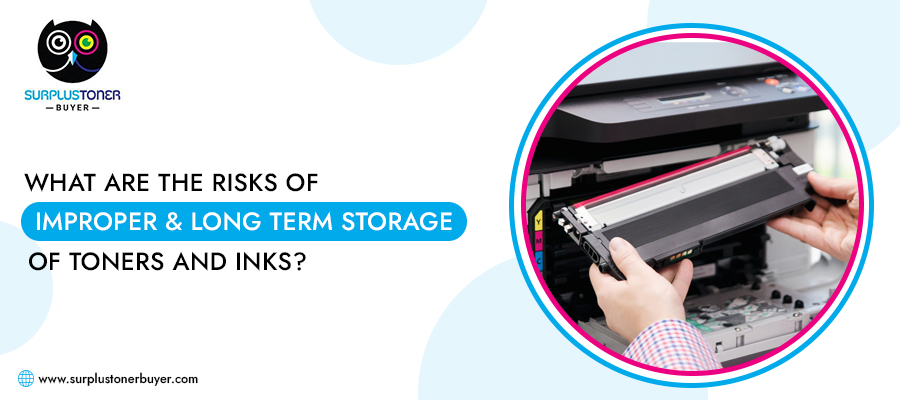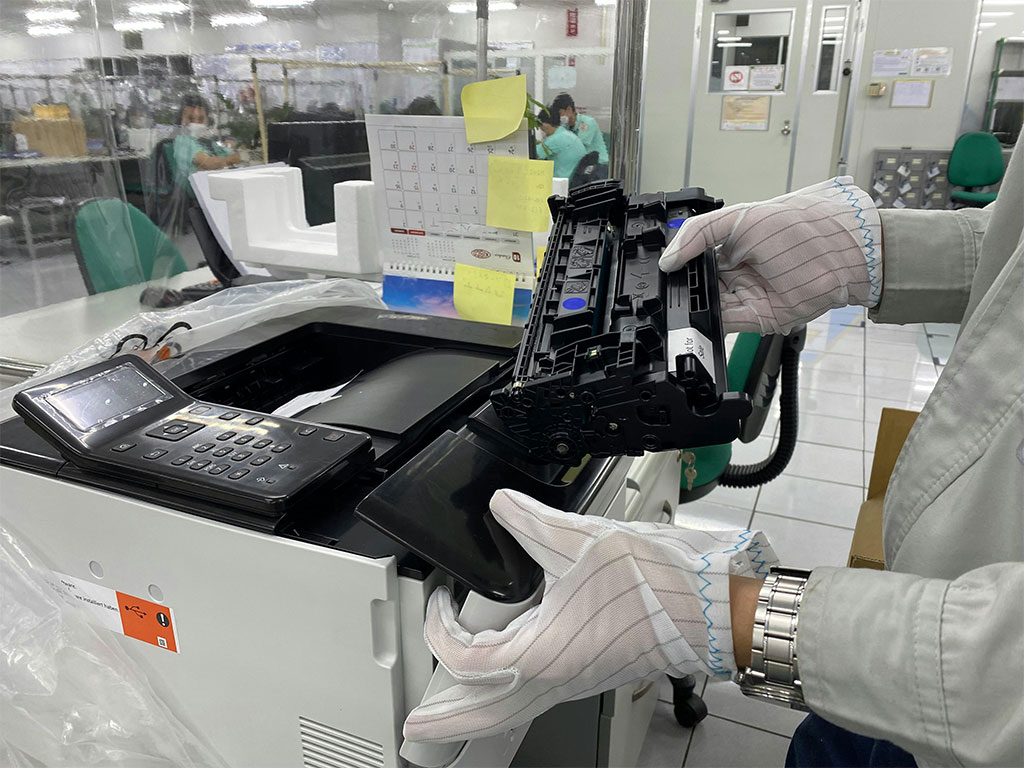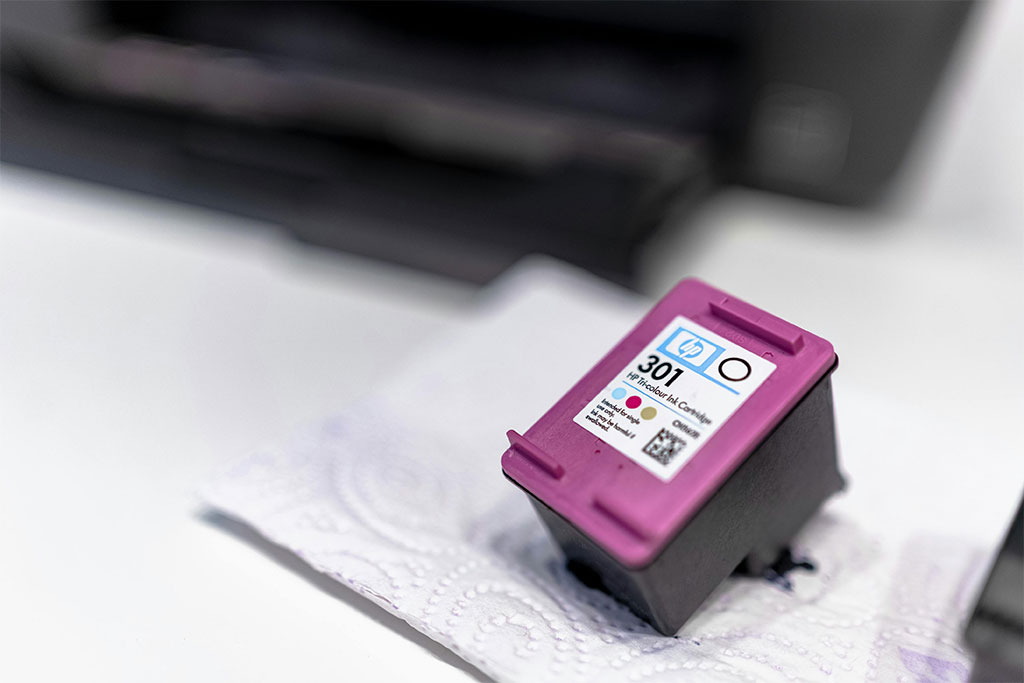
If you’ve ever worked in an office, run a small business, or even managed a busy household printer, you know one thing: toner and ink cartridges are like gold. They’re not cheap, they’re not always easy to find when you need them, and running out at the wrong time can be a nightmare. That’s why many people stock up. But here’s the catch—improper or long-term toner and ink cartridge storage can actually create more problems than they solve.
Let’s break it down.
Why Proper Storage Matters?
It’s easy to think of toner and ink cartridges as durable little boxes that can sit anywhere until you need them. The truth is, they’re a bit more sensitive than that. Both toner and liquid ink cartridges have shelf lives and storage requirements. When ignored, you risk wasting money, damaging your printer, and even creating safety issues.
So, if you’ve ever tossed a few cartridges into a supply closet and forgotten about them, it’s time to rethink your toner storage habits.
1. Reduced Shelf Life
Toner and ink cartridge storage, like many things, do have a certain life during which they function optimally—even if you don’t always see it printed on the box (what you may usually see is a manufacturing date). Toner, while more stable than liquid ink, can still degrade over time if stored incorrectly. Ink cartridges are even fussier.
-
Heat and sunlight can dry up ink or cause toner powder to clump.
-
Extreme cold can thicken the ink, making it unusable.
-
High humidity can mess with the chemical composition, causing print quality issues later.
That box of cartridges sitting on top of your desk by a sunny window? It might not be worth much in six months.
2. Wasted Money
Improper toner and ink cartridge storage doesn’t just shorten shelf life—it directly translates into wasted dollars. Imagine buying a bulk pack of cartridges to save money, only to discover half of them are dried up or leaking when you need them.
It’s like stocking your pantry with bread and leaving it open on the counter. Sure, you bought it, but if it goes stale before you use it, that money’s gone.
But thank God for Surplus Toner Buyer– we may not buy your stale bread, but we can definitely help you with your overstocked ink and toner. You may just be able to recover some value that was about to go down the drain. Thank us, later.
3. Printer Damage

Here’s a risk most people don’t think about: poorly stored cartridges can actually damage your printer.
-
A dried-out ink cartridge can clog printer nozzles.
-
Clumped toner powder can jam internal components.
-
Leaking cartridges can leave a sticky mess inside your machine.
Since printers are designed to work with precise amounts of liquid or powder, introducing compromised supplies can shorten the lifespan of your equipment. And anyone who’s had to replace a printer because of cartridge issues knows—it’s not a cheap mistake.
4. Safety Hazards
Yes, you read that right—safety hazards. Toner is a very fine powder, and while it’s safe when used properly inside your printer, storing it improperly can cause problems.
-
If toner cartridges crack or break due to rough handling or poor storage, the powder can spill. Breathing in toner dust in high amounts isn’t healthy.
-
Ink leaks can stain surfaces, ruin clothing, and, in rare cases, cause skin irritation.
Think of it as keeping cleaning chemicals at home. They’re perfectly safe when stored correctly, but negligence can turn them into hazards.
5. Long-term Toner & Ink Cartridge Storage = More Risk
Stocking up might seem smart—especially if you’re running a busy office where the printer never rests. But buying too much can backfire.
-
Cartridges take up space, and improper stacking can damage packaging.
-
You’re more likely to forget how long you’ve had them.
-
If technology changes or your printer model gets upgraded, you may be stuck with supplies you can’t use.
Basically, the “bulk savings” aren’t worth it if half your cartridges expire or become incompatible before you even open them.
How to Store Toner and Ink Cartridges the Right Way?

Now that we’ve covered the risks, let’s talk about solutions. Good toner and ink cartridge storage isn’t complicated—it just requires a little attention.
- Keep them in their original packaging. The boxes are designed to protect from dust, light, and moisture.
- Store in a cool, dry place. Avoid damp basements and hot attics. A supply cabinet or desk drawer works well.
- Position them correctly. For ink cartridges, keep them upright. For toner, lying flat in the box is fine.
- Check expiration dates of ink and toner. Rotate your stock and use older cartridges first—just like groceries.
- Don’t overbuy. Unless you run a high-volume printing business, there’s no need to keep a year’s worth of toner on hand.
The Bottom Line
Toner and ink cartridges are investments. Treating them casually—like tossing them on a shelf in the garage—can cost you money, frustrate your workday, and even shorten your printer’s lifespan.
By being mindful about toner and ink storage, you protect both your supplies and your equipment. Keep them cool, dry, sealed, and organized. And remember, buying in moderation is often smarter than hoarding. If you still end up buying extras and do not know what to do with them, make a few quick bucks by signing up here. Our process is simple, transparent and easy.
So the next time you’re tempted to buy a dozen cartridges on sale, pause and ask yourself: “Do I have the right place to store them properly?” If the answer is no, you might save more money in the long run by buying only what you need or reaching out to Surplus Toner Buyer at 855-418-6637.
